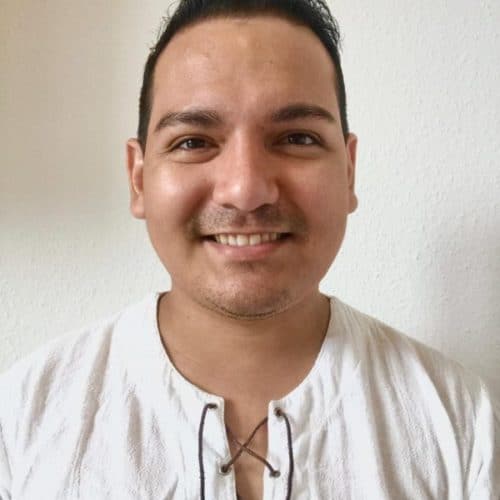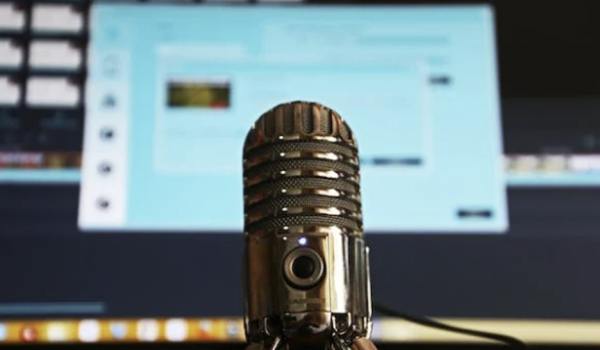Sometimes called gifted or brilliant — learners with high capacities face different challenges while learning at school. In today's article we will learn what it means and how to support their learning.
High-capacity students are sometimes called gifted students, geniuses, and other names. They are learners who naturally show a higher level of development in certain aspects of their life, placing them way above-average. But, what does it mean?
With the rise of research in neurosciences and education, the concept of neurodiversity has gained recognition over time. Neurodiversity embraces that every person is different not only because of their individual or cultural backgrounds but especially because the neurological processes can differ in specific groups. This concept is commonly related to autism spectrum disorders. However, neurodiversity embraces many different groups of people with neurological particularities. And high-capacity learners are one of these groups.
High Capacities and Other Related Typologies
Sometimes, high capacities can be misunderstood with other related concepts. To clarify, here are some of them explained:
- High-capacity learners: These learners frequently demonstrate high intelligence, creativity, motivation, and curiosity. Usually people with good memory and high concentration levels demonstrate strong metacognitive skills. However, this does not necessarily mean that they get excellent grades at school because these factors differ among people.
- Talented learners: This occurs when a learner possesses sharp skills in a particular area, such as logical-mathematical, social, or verbal skills, although their performance in other areas might be normal or even lower.
- Precocious learners: This involves a learner who presents a noticeable higher level of physical and intellectual development than their peers. Usually, this type of learners acquires knowledge and skills earlier than expected for their age. Precocity does not always indicate high capacity, but both are frequently found in diagnosed high-capacity learners.
How Are High-Capacity Learners Diagnosed?
As a complex form of neurodiversity, it would be wrong to say that a person can self-diagnose as a high-capacity learner. It can be formally diagnosed by a psychologist. However, an important aspect to keep in mind is that intelligence goes beyond the logical-mathematical process. Therefore, high capacities can be more noticeable in certain domains than in others.
According to researchers, these capacities can be stronger or weaker in one or more of the intellectual, creative, physical, and social domains of a person. For example, a learner can demonstrate higher intellectual capacities, but lower social capacities, and vice versa. This particularity breaks the stereotype that learners with high capacities must be extremely smart in mathematics or in everything. This will vary from person to person.
Challenges for High-Capacity Learners in the Classroom
Teaching learners with high capacities can be challenging, as these learners may show certain behavioral and attitudinal patterns. For example, they may hide their abilities in order to be accepted by their peers, sometimes resulting in bad behavior. Also, they may show disinterest in many academic subjects, as teachers find it difficult to challenge them, especially if their capacities are higher in the intellectual domain.
Another challenge can be an uncooperative attitude towards working with other peers in class. This uncooperativeness is usually noticeable in learners with weaker capacities in their social domain. But this can also happen if learners feel rejected by their peers for being perceived as different.
But besides behavioral challenges, an interesting difficulty for these learners is called “desynchronization”. This concept was proposed by Dr. Jean-Charles Terrasier, a well-known psychologist who specialized in learners with high capacities. According to Dr. Terrasier, desynchronization means that a person can have different rates of cognitive, motor, affective, and linguistic development.
This becomes a challenge if, for example, a child with advanced intellectual skills has an emotional level more typical for their own age. In this case, if the school wants to place this student in a course at a higher level than his age, then it might have a negative impact, given this desynchronization between his intellectual skills — above-average for his age — and his emotional skills — below-average compared to older learners.
Strategies and Ideas for Their Inclusion
To support learners with high capacities, it is important to distinguish between in-class strategies and extraordinary measures. The most common extraordinary measure is to place the learner in an advanced course or to even skip a course. However, this decision should be carefully analyzed between the school and the caretakers, in order to ensure an adequate adaptation of the student to their course. The immediate support that a teacher, with the guidance and support of the school counseling service, is through in-class strategies.
One important thing to keep in mind is that every learner is different. Therefore, what works for one learner with high capacities may not work the same with another. It is important to ensure good and fluent communication with the student, their caretakers, and the school counselor. This fluent communication should result in a better understanding of the student’s needs and the resources and adaptations that the teacher can feasibly make in the curricular plan.
It is important to balance the motivation and the intellectual challenge of learners. As students with high capacities may have different levels of attention, it would be wise to plan a set of exercises, activities, and resources with different complexity levels related to the lesson. This would help learners use their potential based on the curricular instruction, without lowering their motivation levels.
There are also resources specialized in gifted education which can be useful for teachers and caretakers, such as the Toolkit for Gifted Education and the Toolkit for Teaching Exceptional Children.
To conclude, it is important to consider that learning diversity, besides its challenges, represents an interesting opportunity to grow and find creative solutions to ensure every learner feels safe and appreciated in a classroom. Every person brings a unique set of values, beliefs, wisdom, and actions that can support their own learning and the experiences of their peers.
Photo: Dean Drobot/Shutterstock
You might also like:
Support us!
All your donations will be used to pay the magazine’s journalists and to support the ongoing costs of maintaining the site.
Share this post
Interested in co-operating with us?
We are open to co-operation from writers and businesses alike. You can reach us on our email at [email protected]/[email protected] and we will get back to you as quick as we can.










